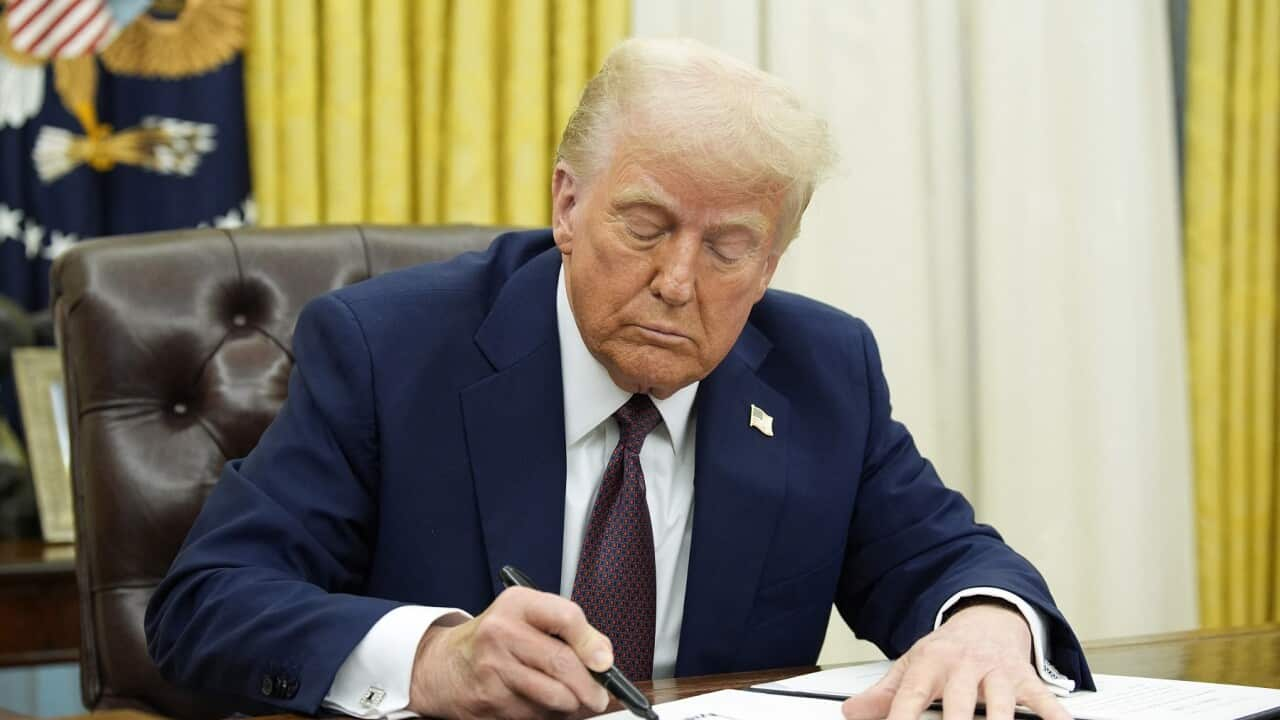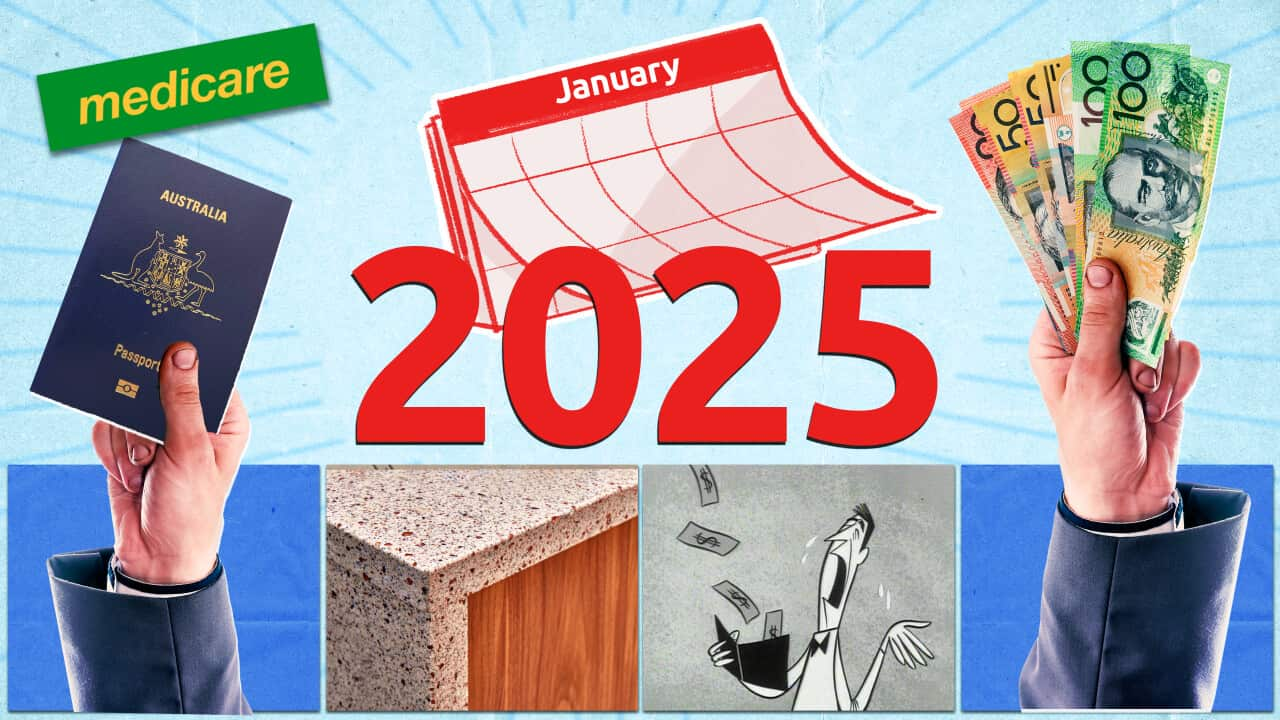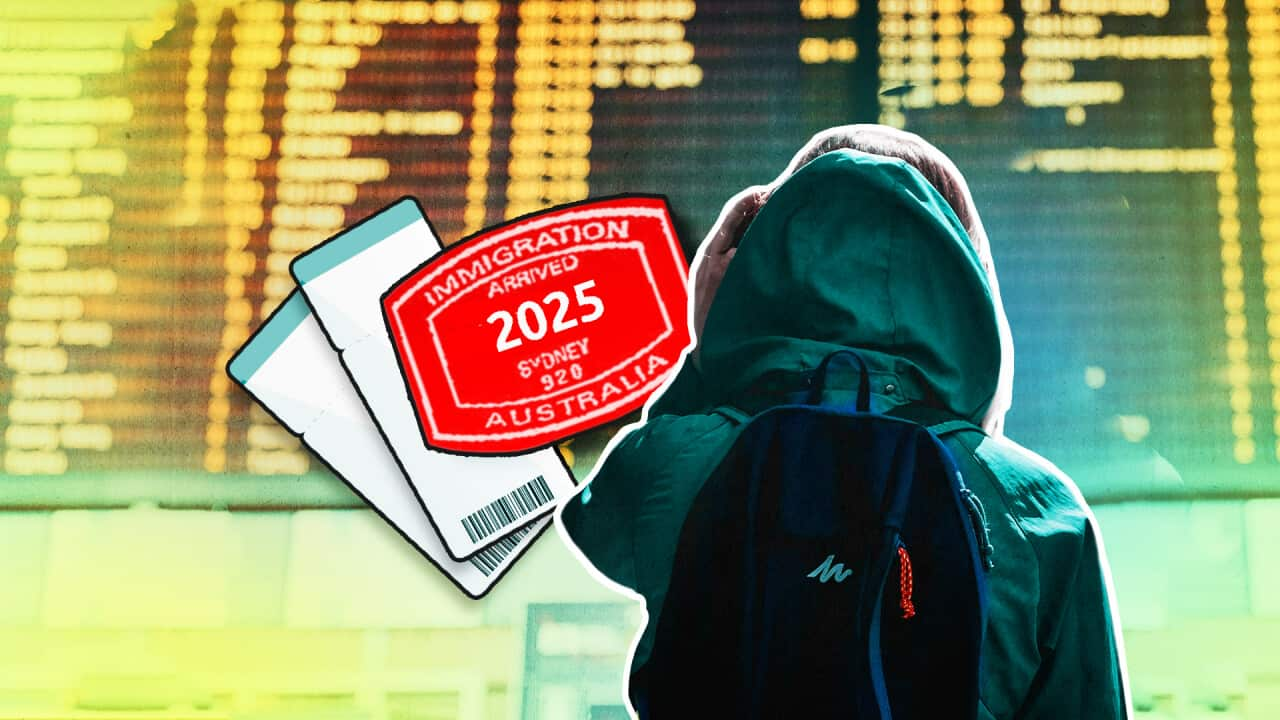TRANSCRIPT
The first referendum in Australia since 1999 takes place on Saturday when people will be asked to vote either Yes or No on whether they support an alteration to the Constitution to recognise the First Peoples of Australia by establishing an Aboriginal and Torres Strait Islander Voice.
With the campaign now in its final days, those advocating a No vote have the most support according to the pollsters.
Pat Callanan from the Australian Electoral Commission says the lead up to the referendum and what will take place on Saturday is a major undertaking.
"So, it is actually the biggest peacetime logistical event in Australia. It's absolutely massive. We're well versed it because we do it every three years for a federal election and a referendum is pretty similar in how that works, as well as resourcing all the different polling places and voting booths across cities and regional areas. We also have a thing called remote voter services. So, we're going out across the entire country and making sure people can cast a vote, including in remote communities. So that can be quite an effort. Sometimes we use boats, light planes, helicopters."
Vote counting starts as soon as the polls close but Pat Callanan says there's a chance there might not be a result on Saturday night.
This is because at least 1.2 million people have applied for a postal vote and the AEC has to wait 13 days for all of those to arrive.
So, if the vote is close, a final result could depend on those postal votes.
“It's really hard to predict what's going to happen there, but I would say to people be prepared for there to potentially not be a result on the night. The reason why a lot of postal votes can potentially make the result or the count take a little bit longer is the fact that we have to wait 13 days by the law for all postal votes to come in. So of course we're counting throughout that stage, but if it's a really close count, then it might not be clear. The indication result might not be clear until we actually get all those postal votes."
To succeed, the referendum needs what's called a double majority.
That's a majority of the population and a majority of the states voting Yes.
Professor Anne Twomey of the University of Sydney says even if the considerable double majority test for the referendum is passed, it could take years for the Voice to become a reality.
"This might take a while it could take a year - it could take longer - I would imagine that the Albanese government wants to get it done during this term of office just to make sure that it can complete the project. In the past, establishing other bodies, like the High Court of Australia, did take a number of years from after the point in which the constitution required them to exist."
Pat Callanan from the Australian Electoral Commission says millions of Australians have not voted in a referendum before so the AEC has fielded lots of questions about the process.
"I think that in general, the fact that we haven't had a referendum in so long, there's just a lot of genuine confusion or questions about what actually is a referendum. So, some of the things we've been seeing a lot this year is questions about whether a referendum result is binding. The result is yes, the answer is yes, it is. You'd have to have another referendum to change the result if you want it on that one, and the fact that it's compulsory as well. So, you do need to attend and vote in one way or another. It's really no different to a federal election in that regard."
Stay informed on the 2023 Indigenous Voice to Parliament referendum from across the SBS Network, including First Nations perspectives through NITV. Visit the to access articles, videos and podcasts in over 60 languages, or stream the latest news and analysis, docos and entertainment for free, at the .













